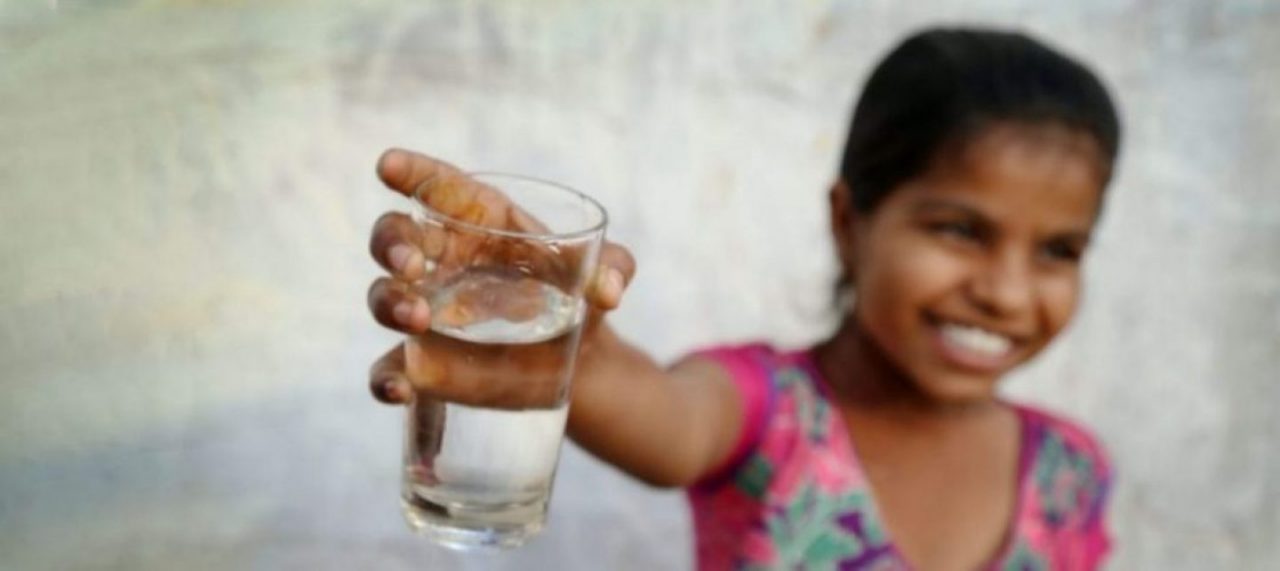Land degradation, desertification and droughts are among the greatest threats to human life and sustainable development. 40% of all land area worldwide is already being considered degraded and by 2050 droughts may affect over three-quarters of the world’s population. According to the UNCCD data, between 2015-2019 the world has lost at least 100 million hectares of healthy and productive land each year to degradation. In 2018-2019, the Desertification and Land Degradation Atlas of India, published by Space Applications Centre (SAC) Indian Space Research Organisation, Ahmedabad, recorded an estimated 97.84 million hectares of land degradation and desertification in India. Further, the UNCCD has reported that 854.4 million people in India were exposed to drought from 2015-2018.
Nature-based solutions can restore lands as well as resolve issues around natural water storage. The challenge of water scarcity aggravated by climate-change induced droughts will need a massive scale-up of land rehabilitation efforts in tandem with drought mitigation to ensure water security and improved livelihoods for communities. Land restoration techniques which are low-cost and simple in technology need to be employed to effectively enhance water storage and utility for mitigating negative impacts of droughts.
Amidst rising temperatures, scanty rainfall, inhospitable and unpredictable weather conditions across the arid regions of India, it is critical to devise environment friendly initiatives that will strengthen the ability of communities to respond to recurring droughts and land degradation with resilience. Collaborating with local communities of the Thar desert in India, GRAVIS has devised solutions to positively impact the eco-system and improve the land and livelihoods of residents. Relying extensively on their traditional knowledge and techniques, GRAVIS has promoted the construction of khadin or a farming dyke. Khadin is a traditional structure that serves as a method of collecting water by building an earthen embankment made out of soil at the end of an upland plot of land to prevent water run-off. This method was developed in Jaisalmer hundreds of years ago; however, it continues to be an effective and sustainable method for improving soil moisture.
In the absence of adequate and consistent rainfall, a khadin serves the dual purpose of retaining moisture from rainfall, however scanty it may be, while also protecting the top layer of soil from run-off water. The moisture captured using these techniques have proven to be extremely useful in promoting higher yields of crops for the families from this region. This has further improved their access to markets, enabling income generation by way of selling surplus yield. The technique has restored several barren lands and has transformed them into cultivable lands, thereby also paving way for a viable source of livelihoods for the residents. The construction of khadin has ensured nutritional security for all, especially the poor and vulnerable residents of Thar.

In lands where agriculture is no longer viable, AHUs (Arid Horticulture Units) are considered as a very useful alternative as they are not labour intensive, require very less maintenance, promotes self-reliance and are self-sufficient as well as sustainable. The AHUs are similar to small kitchen gardens that can be used to grow close to thirty plants in one season and offer a myriad variety of benefits for families, with its fundamental objective being to achieve food and nutritional security, combating the nutritional deficiencies especially in children, women and older people. A typical AHU promotes the use of local variety of seeds, which is crucial to climate adaptation and building climate resilience. The plants grown in these lands follow inter-cropping practices, require small quantities of water and are grown entirely using bio-pesticides. GRAVIS also promotes farm forestry practices that involves integration of trees into farming systems. This practice is beneficial to both farmers and the environment. It has improved soil health by reducing erosion, increased soil organic matter and nutrient availability. Above all, this has supported in building the resilience of farming communities towards climate variability and rampant environmental stresses of drought and soil degradation.
Every year 17th June is celebrated as ‘The World Day to Combat Desertification and Drought’ with the purpose to raise awareness about the existence of drought and desertification as well as underline methods of preventing desertification, recovery from drought and improvement of available land resources by ensuring community participation and co-operation at all levels. This year the theme “United for Land. Our Legacy. Our Future” spotlights the need for concerted action to safeguard our natural resources. On this day, GRAVIS renews its commitment to accelerate its support and efforts towards land restoration, water security and livelihood enhancement initiatives for the most vulnerable in India and across the world.


